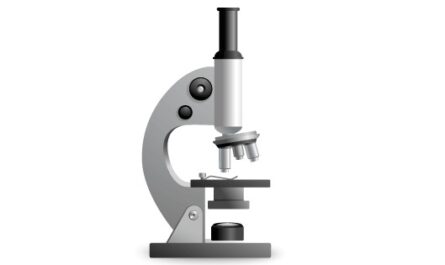Transient elastography devices are medical imaging tools that utilize ultrasound tissue elastography to detect and stage various forms of liver diseases and conditions such as hepatic fibrosis, cirrhosis, and non-alcoholic fatty liver disease (NAFLD). These devices provide radiologists and clinicians with a non-invasive alternative to biopsy for assessing liver fibrosis through low-risk, painless procedures. The technology works by transmitting vibrations into the liver and measuring the speed with which the resultant shear waves propagate through the tissue, with stiffer fibrotic tissue allowing for faster wave transmission. This allows transient elastography devices to stage liver fibrosis on a simple numeric scale.
The global Transient Elastography Devices Market is estimated to be valued at US$ 89.13 Mn in 2023 and is expected to exhibit a CAGR of 3.5% over the forecast period 2023 to 2030, as highlighted in a new report published by Coherent Market Insights.
Market key trends:
One of the key trends in the transient elastography devices market is the increasing demand for compact and portable devices that can be operated easily in outpatient settings. Traditional transient elastography devices require specific examination rooms and involve a learning curve for operators. However, newer portable devices are lightweight, easy to transport between clinical sites, and have intuitive interfaces that require minimal training. This has expanded the availability of transient elastography technology beyond large hospitals to clinics, private practitioners, and ambulatory care centers. The development of AI-based data interpretation is another ongoing trend, as machine learning algorithms help improve diagnostic accuracy by analyzing numerous patient examinations over time. This drives early detection of fibrosis progression and reduces reliance on physician interpretation alone.
Porter’s Analysis
Threat of new entrants: Low, as the market requires significant R&D investments and regulatory approvals.
Bargaining power of buyers: Moderate, as there are few established players in the market.
Bargaining power of suppliers: Low, as there are many component suppliers.
Threat of new substitutes: Low, as transient elastography devices have few substitutes for liver stiffness measurement.
Competitive rivalry: High, as the major players compete on innovation, geographic expansion, and service offerings.
Key Takeaways
The Global Transient Elastography Devices Market Demand is expected to witness high growth over the forecast period. The global Transient Elastography Devices Market is estimated to be valued at US$ 89.13 Mn in 2023 and is expected to exhibit a CAGR of 3.5% over the forecast period 2023 to 2030.
The Asia Pacific region is expected to be the fastest growing market owing to increasing healthcare expenditure and growing awareness. The North America region currently dominates the market due to supportive government regulations for new product launches and a large number of ultrasound-guided procedures. The growing prevalence of chronic liver diseases is also pushing the regional market growth.
Key players operating in the transient elastography devices market are Echosens, HISKY Medical Technologies Co., Ltd. and SMEDA Medical Co., Ltd. Echosens offers FibroScan, an ultrasonic transient elastography device used for non-invasive measurement of liver stiffness. HISKY Medical Technologies provides elastography ultrasound diagnostic devices with different probes and applications.
*Note:
1. Source: Coherent Market Insights, Public sources, Desk research
2. We have leveraged AI tools to mine information and compile it




